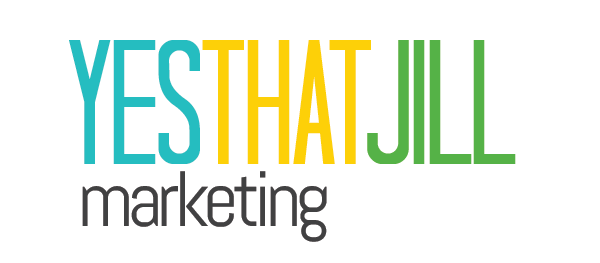We love goals in our culture.
Every year on New Year’s Day, we swear to our friends and ourselves we’re going to lose weight, stop smoking, spend less time on our phones, reconnect with our spouses, and make our first million.
There’s this thing about New Year’s resolutions, maybe you’ve heard it before. Like a graph on a fancy calculator, the number of New Year’s resolutions completed every year is approaching zero. (That was a high school math joke. Ahem.)
And okay, part of that is because we just love cake and cigarettes and our iPhones.
But a big part is because we’ve set goals, but we have no objectives.
Maybe you’ve also heard that a goal with no plan is a dream. An objective bridges the gap between your goals and your plans.
So let’s talk about what really happens when you have a world of objectives, just objectives:
You have hyper-specific direction on what you want to achieve.
A good objective is very specific. Not “I want to lose weight” or “I want to make more money”, but “I want to make $50,000 ” or “I want to increase my product sales by 10%”. (Those are two very different outcomes!)
You’ll know when you get there.
Unlike a goal, an objective is measurable. That means if you don’t or can’t track it, you can’t set an objective for it. Seems simple, right? AND YET. Maybe you have an old computer system that can’t narrow down sales by specific products. Maybe you’ve never kept records on how many email subscribers or Facebook fans you’ve had year-over-year.
Whatever it is, if you want your business to change, find a way to track that change. No excuses.
You can actually take practical steps toward it.
This is where I love the difference between goals and objectives even more. Goals tend to be a bit wishy-washy and deal in generalities. But an objective has a clear action associated with it. Consider this contrast:
- Goal: Improve customer experience.
- Objective: Increase customer satisfaction rate to 85% by Dec 31, 2017.
Alright, so right off the bat you know a) you need a way to track customer satisfaction (if you haven’t been) and b) you need to come up with a list of tasks that will improve customer satisfaction. There are clear next steps.
You’re firmly rooted in real life.
More than anything, objectives are realistic. Because you’re attaching numbers and measurable metrics to them, you can’t pick anything that’s wildly out of the realm of possibility.
I want to become a millionaire this year! is a great goal, but what was your revenue last year? $50,000? You might be dreaming. $900,000? Looks very possible. An objective forces you to do the math and take a good, long look in the mirror about what you can reasonably achieve.
Here’s the millionaire goal, in objective form, for someone making $50,000.
Objective: Increase my income by $950,000 or 2,000% in 2017.
If you are a reasonable person, you’re going to look at that and have serious doubts about how achievable it is. And I’m sorry to say there are no “overnight successes” that haven’t been five or ten years in the making.
Your objective expires if you don’t get it done.
Short-term objectives are more meaningful to move things forward than long-term goals. I know, it sounds like the opposite of everything you’ve been taught about life goals and creating strategy. Of course you need a long-term vision, but that vision can’t take you anywhere. It’s a dream.
Objectives break down that dream into manageable, timely parts. A month. A year. A deadline. So not only are they realistic; you get to break down the baby steps to get to your grand vision. Consider this vision which I stole from Life is Good, a t-shirt company with a social cause angle.
To spread the power of optimism.
But there’s an important question the vision doesn’t help with: how?
When you’re framing the how, you need the specificity of a deadline. There’s no metric where you can tick off “successfully spread the power of optimism”.
So what are you going to do today, tomorrow and next month to move you closer to your vision? Find out. And make it a deadline.

